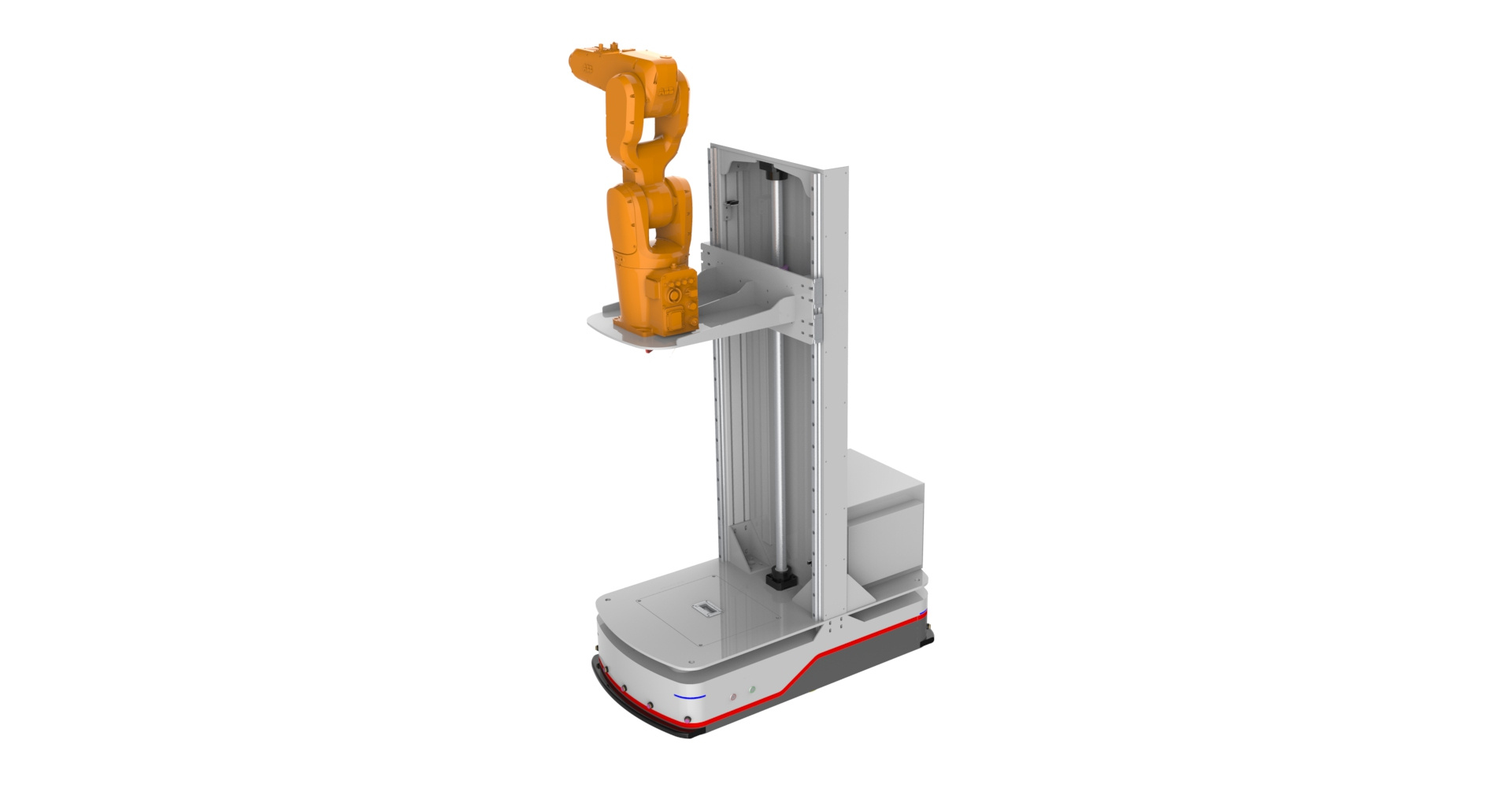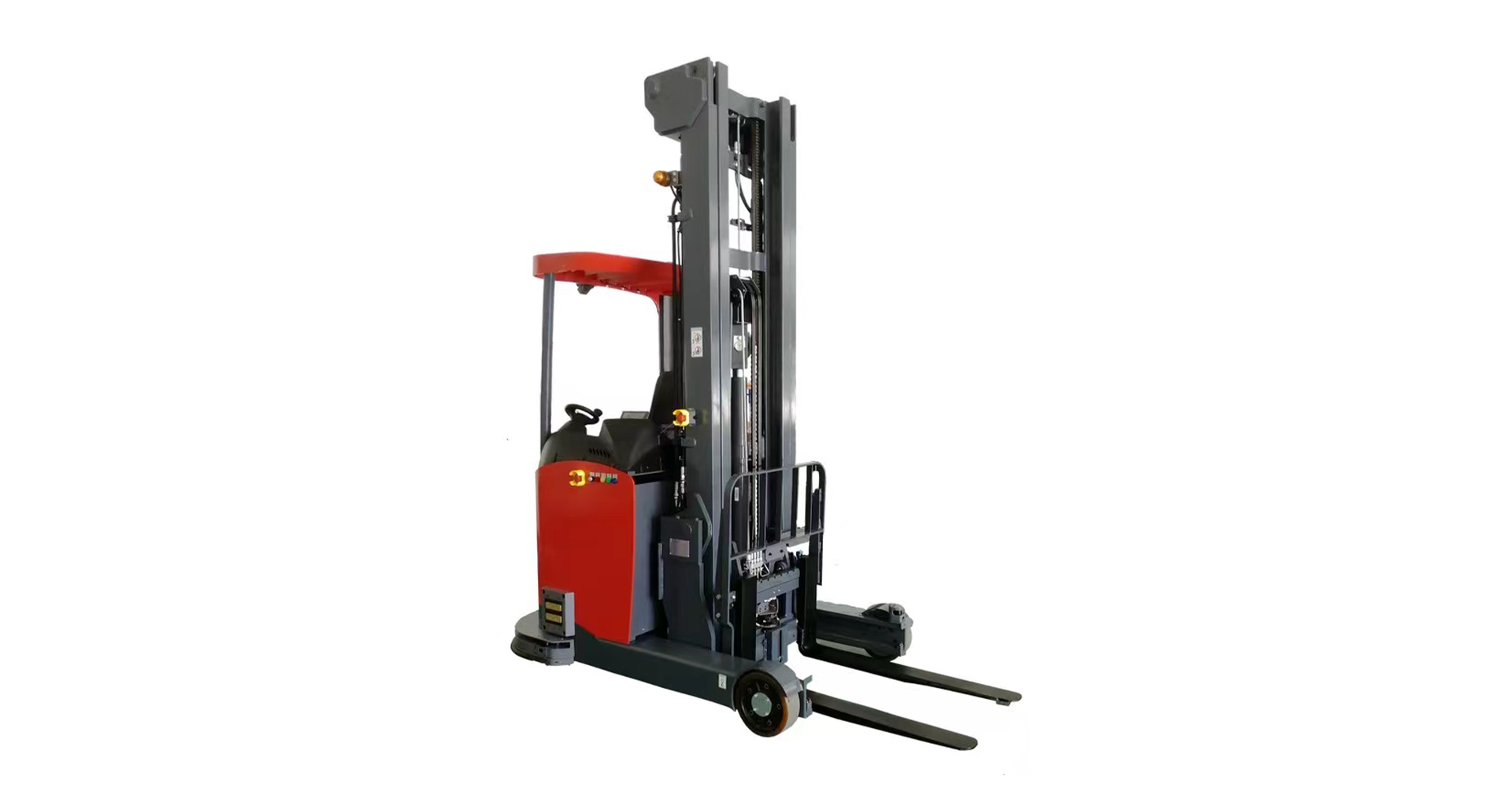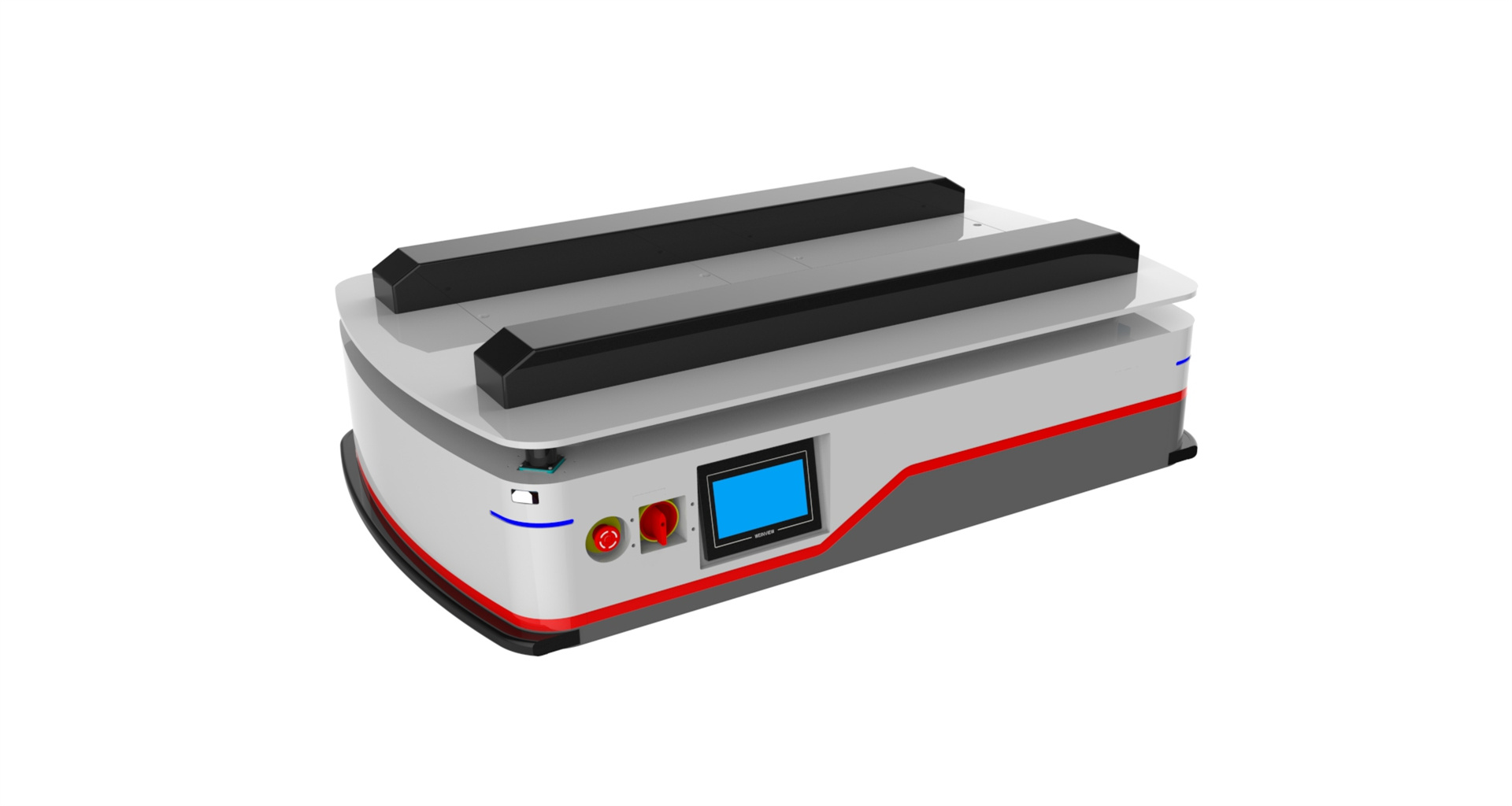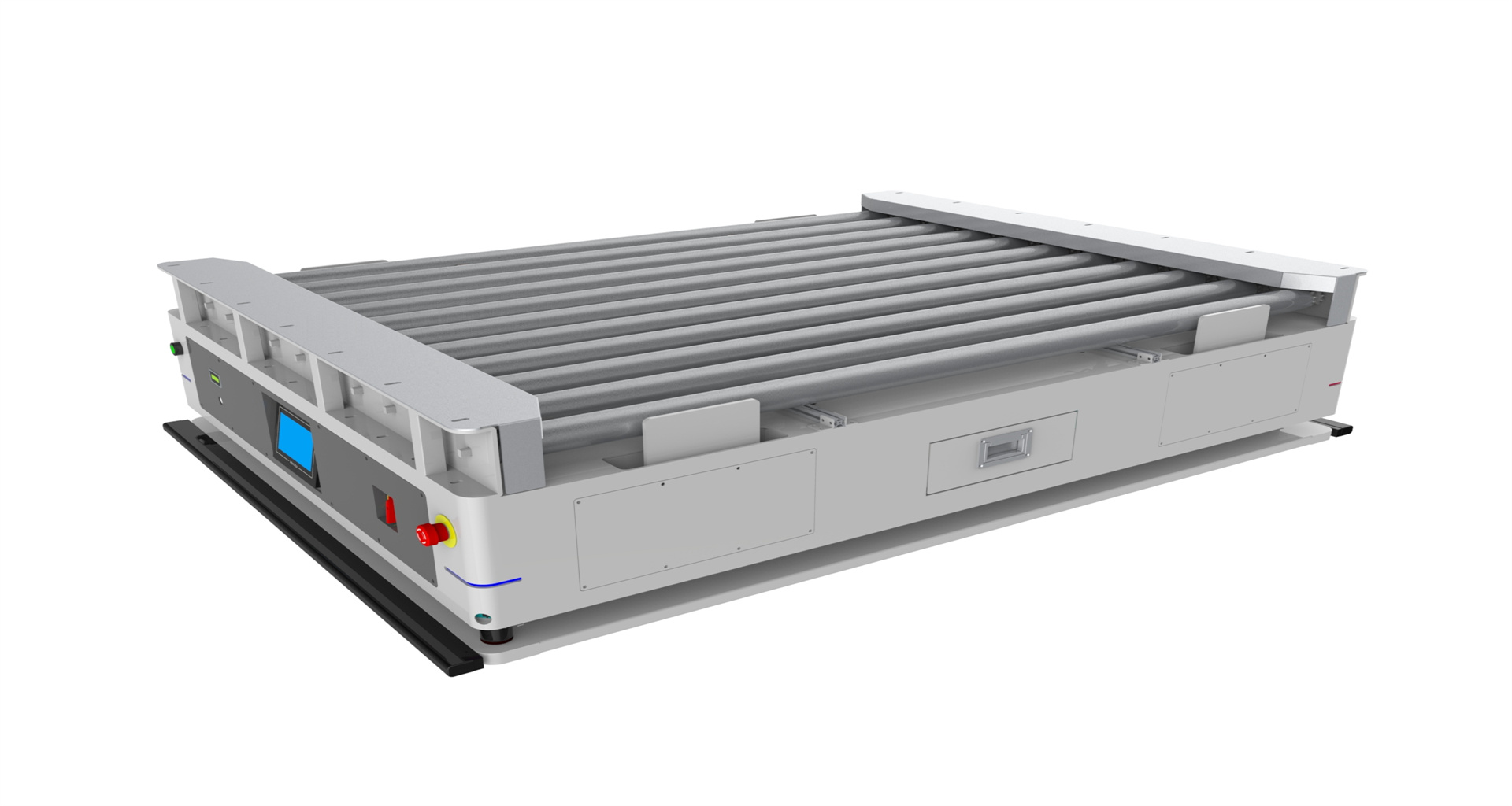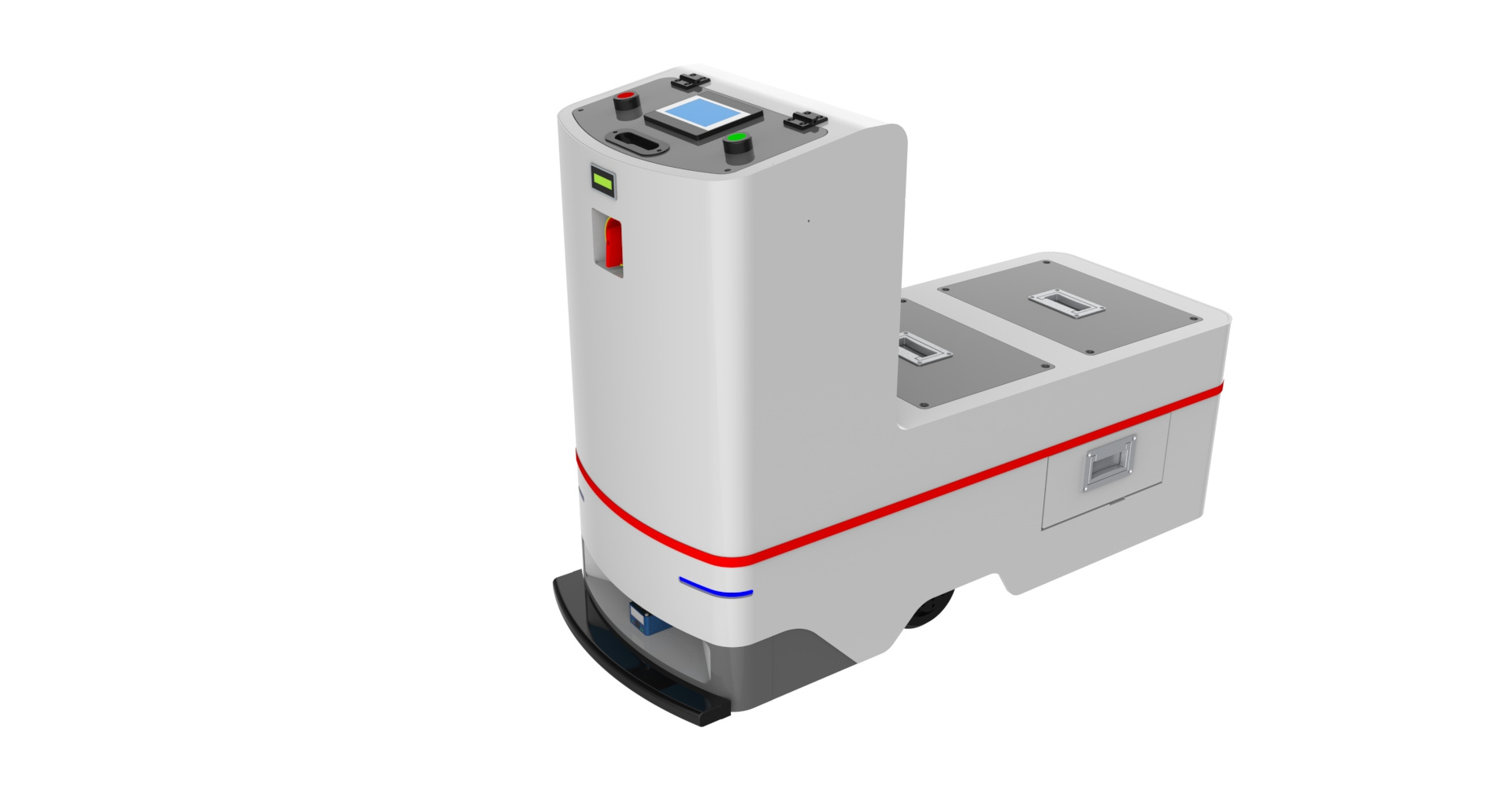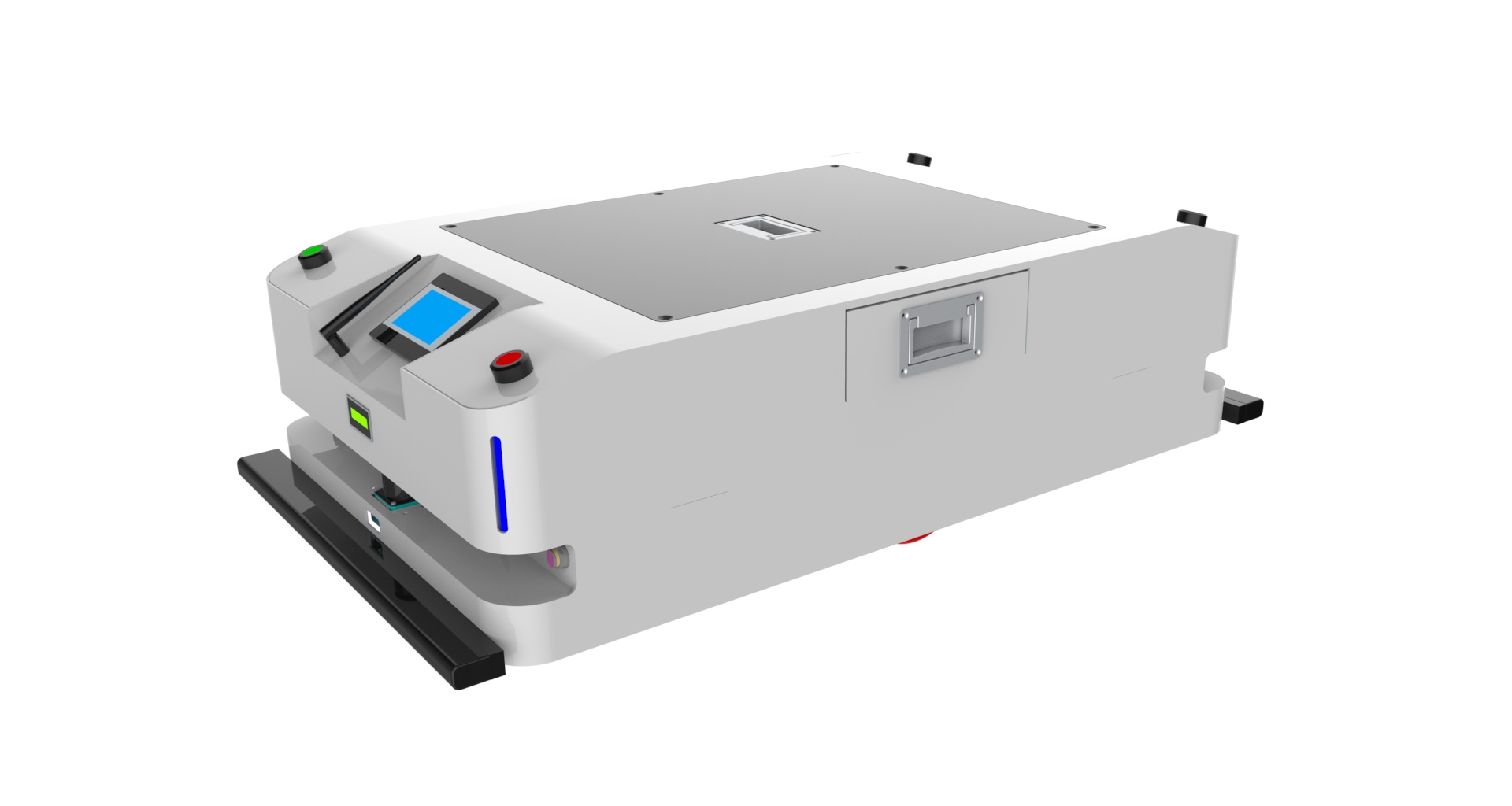AUTOMOTIVE
How mobile robots can help the auto industry fight back
At a time when global sales are down, emissions fines are high and the future of tariffs and personal vehicle ownership uncertain, it’s tough to be in the automotive industry. Add to this uncertainty about a willing and affordable workforce, and it’s unsurprising that auto and auto parts companies have recently issued a number of stark warnings
However, innovation is the key to succeed. While the automotive industry is one of the most mature when it comes to adopting technology to stay lean, effective and competitive, there is still vast scope to optimize and fight back.
Autonomous mobile robots
Robots have been prevalent in the automotive industry for almost 60 years now, but the use of autonomous mobile robots (AMRs) is still relatively new. Unlike automated guided robots (AGVs), autonomous mobile robots can move out of the way of obstacles independently, are easy to set up and don’t require fixed routes. This makes them safer, smarter and more flexible than AGVs.
A better place to work
The automotive industry is facing an unwanted reality; high employment levels and increasing wages means the availability of interested workers is decreasing. Yet, tightening margins are furthering the need for labor cost optimization. Increasing legal
and societal pressure to maintain a safe and pleasant working environment is adding to the pressure. All this makes it hard to justify asking humans to complete repetitive work with the risk of injuries, when there is technology to shoulder the burden and a shortage of senior positions that laborers could be trained to fill. By adding AMR to the workforce, the automotive industry can save non-value workhours, and give complex, value adding tasks to their current staff in a safer environment.
ROI
There is unavoidable pressure on automotive industry to get leaner. Business leaders must be careful and cost effective. And in regions where labor costs increase as robotics price decreases there are clear labor cost optimization. Not only this, but the ease of integration of AMR means minimal downtime with the ability to scope out further roles for the technology as it integrates with operations. Add to this safety, optimized productivity and a more rapid response to market and industry pressures, the need to scope a ROI for AMR becomes more pressing.
Flexibility
Pressure on the automotive industry, especially parts suppliers, is increasing rapidly. Orders can almost seem impossible to fill, putting a huge strain on suppliers to optimize flexibility while minimizing downtime. As the pressure increases, older technology such as forklifts and AGVs are no longer up to scratch as they require too much time and cost to change production layouts and infrastructure. Agile AMRs that can use its sensors to avoid obstacles can be set up with minimal downtime and no prior technical knowledge. On top of this, top modules that can be varied according to specific need can be added, further increasing flexibility. In fact, a recent survey of top-level decision makers from across the world including Toyota, found that 64% in the automotive industry believe that AMR will improve the cost, safety and quality of their operations.

